As with a number of Territory towns,
Alice Springs’ origins can be linked to the construction of the
Overland Telegraph Line . The Telegraph Station was located adjacent to a
waterhole found in March 1871 by an exploratory party seeking a route for the OTL. The leader,William W Mills , is attributed with the naming of the
Todd River after Charles Todd the Superintendent of Telegraphs, and
Alice Springs after Todd’s wife. In 1888,the requirement for commercial ventures to service the numerous travellers, prospectors and stockmen who were over extending the hospitality of the Telegraph Station staff was recognised, and the Town of Stuart was surveyed and Lots put up for auction. Development was slow and it was not until the railway line was established in 1929 that the town began to develop.
Following the transfer of the
Post Office to the town area in 1932, representations were made to have the town renamed '
Alice Springs’; this was made official in 1933. By 1939,
Alice Springs was an extremely small tight-knit community of approximately 900 people whose basic lifestyle revolved around thesupply of
services to the outlying pastoral industry and as a minor administrative centre.
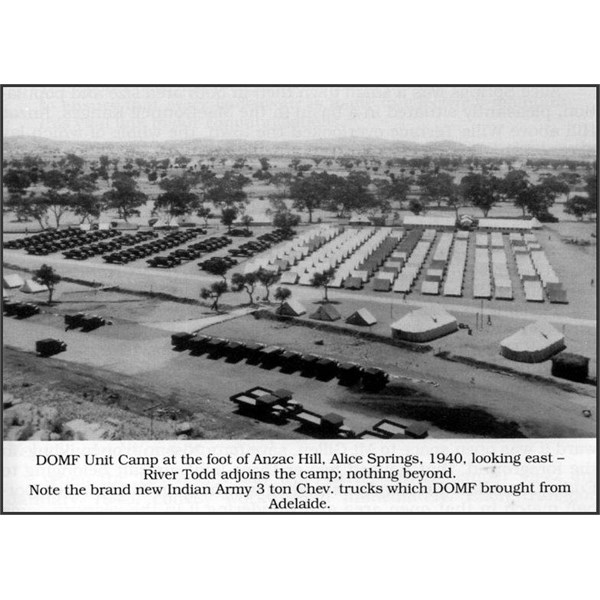
DOMF Unit Camp, Alice Springs, 1940

Alice Springs Military Camp from Anzac Hill
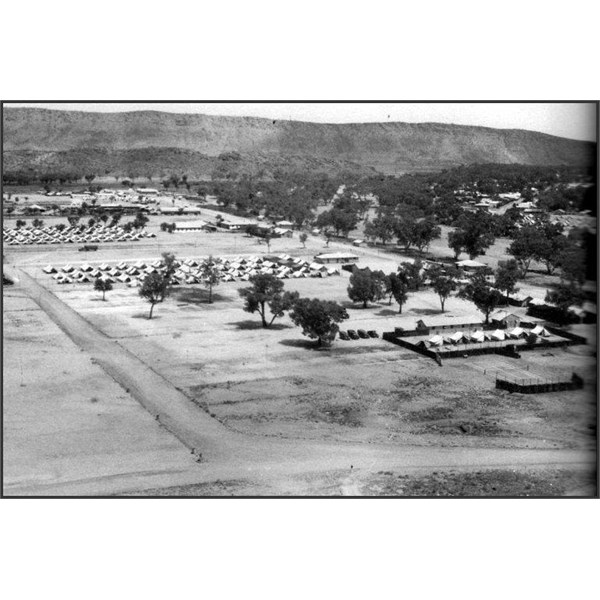
Another view of the Military Camp from Anzac Hill
Although a state of war had existed since 3rd September 1939, it was not until 2 September 1940 that an advance party of military personnel arrived to prepare a
camp for the
Darwin Overland Maintenance Force. The
camp was set up on the area now known as Anzac Oval and within a week the unit’s 14 officers and 606 other ranks had arrived with their 150 three tonne trucks.
Wartime controls in the township were strict and almost entirely at the discretion of the area commander. From May 1942 to September 1943,the Commanding Officer, Lieutenant Colonel N M Loutit, classified as undesirable or unessential 129 residents and had them removed to the south. At its peak, the
Darwin Overland Maintenance Force consisted of approximately 8000 troops and 3000 trucks. Nearly 200 000 troops were to pass through the town during the war years leaving a legacy of accelerated growth.
During the war years,
Alice Springs became the army railhead, central troop reserve and arsenal for the northern area of operations. It was the starting point for the hundreds of road convoys going 'up the track' and at the same time became the administrative centre of the Territory and nearly its capital.
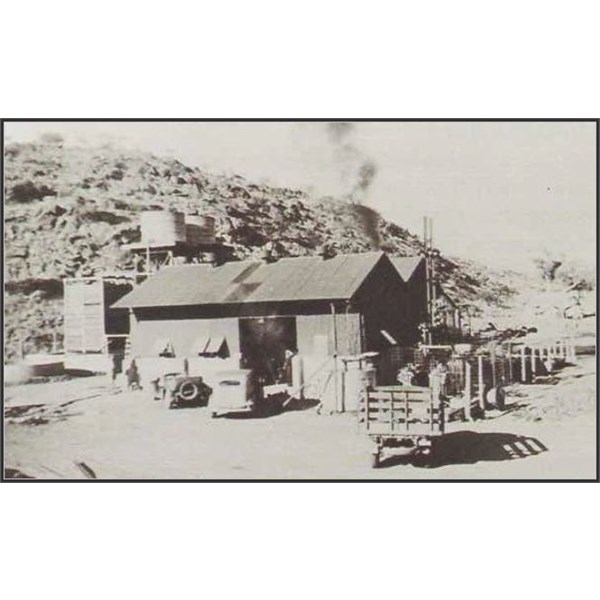
Alice Springs Power House, 1945
The original 1937 power-station did not have the potential for upgrading to meet wartime needs. An alternative site was chosen by Army engineers in the valley south of Meyers
Hill which,through its relative isolation,provided sound-proofing for its operation. The installation was funded by both civil and military authorities with work effected by the AWC. Completed in March 1943, the building had twin corrugated galvanised iron gable roofs fitted with three ventilators, and clad in corrugated iron.
The fear of invasion led to the establishment of many
camp hospitals 'down the track'. The
Alice Springs Hospital of 60 beds was opened in May 1939 to cater for civilian needs and
was taken over by No 109 Australian General Hospital in August 1942. Under Matron S Haines, the role of the hospital was extended to cater for service personnel, and AWC employees providing a wide range of medical
services including assistance to the Flying Doctor Service. By early 1944, the capacity of the hospital had increased to 300 beds, most of which were occupied. The Australian Inland Mission Hostel (
Adelaide House) was used as a mess for the nurses.
The Inland Fuel Depot Situated 7km south of
Alice Springs on the Stuart Highway is the tank
farm constructed by the AWC which utilised some £25,000 in American funds to service the Seven-Mile Aerodrome. It was operated by No24 Inland Aircraft Fuel Depot personnel
who arrived 28th May 1942. They were to remain until posted for disbandment, departing on 30th April 1946.

Alice Springs Military Camp Theatre
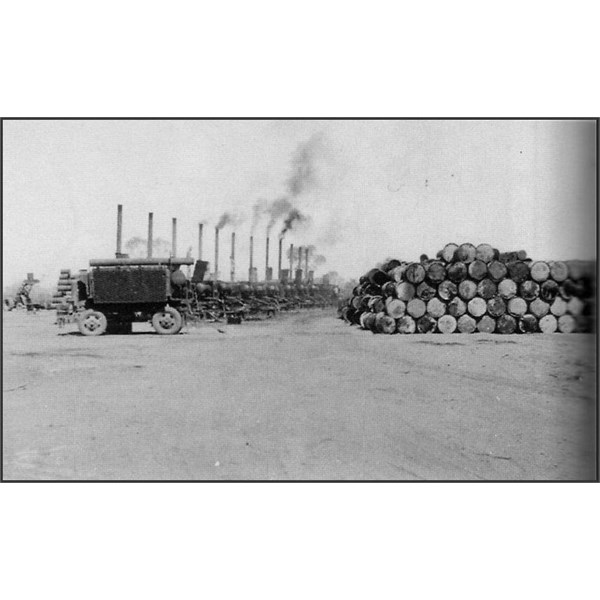
Bitumen Heating Plant on Stuart Hwy
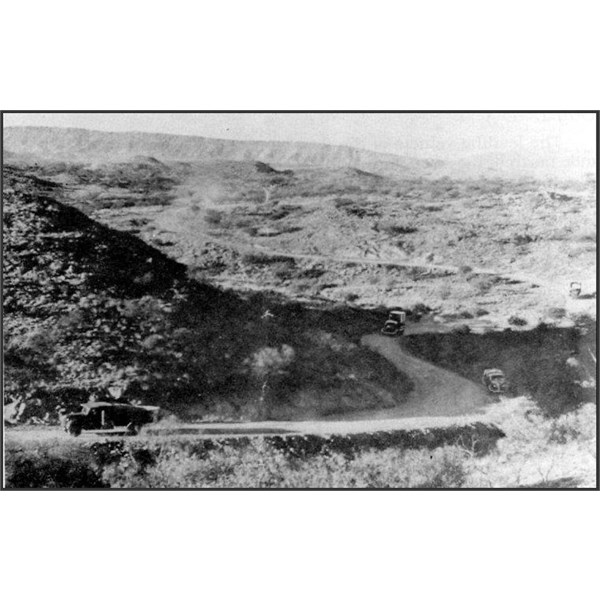
Convoys through the McDonnell Ranges
The Seven-Mile Aerodrome owes its origins to the military build-up in the north during the late 19303 and early war years. Originally part of Undoolya Station, the site was taken over by the Department of Defence in 1939 with development works commencing early in 1940.
In July 1940,No 1 Squadron RAAF and its Hudson bombers staged through on its way to Singapore,as did No 2 Squadron en route to
Darwin as part of a defence exercise.
By 1941, civilian airlines were using the site,though much of the activity remained with the 'townsite drome'. From mid-1941, the site became a staging base for the increased military activity and early 1942 saw USAAF units utilising the facility.
The aerodrome was made a RAAF Station on 28th May 1942, when No 57 Operational Base Unit (OBU) took administrative control. Aerodrome extensions were proposed in May 1943
and,by March1944,new works were completed by the Allied Works Council.
The original buildings used as sleeping quarters and as the dining / waiting room are still in excellent condition and are located near the present unused control tower. The old transmitter building is incorporated into the staff
recreation centre.
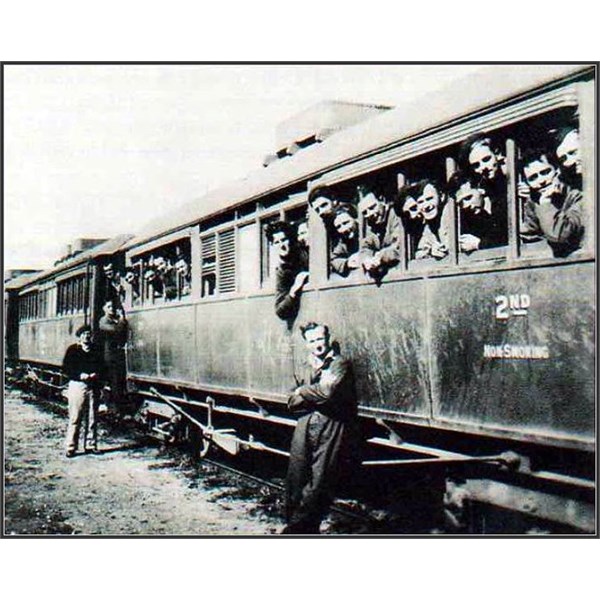
No 24 Squadron RAAF bound for the 'Alice'
The Stuart Hwy Road conditions for the convoys were intolerable, but of prime importance was the location of adequate water supplies along ’the track’. Known water sources were utilised, some merely as 'hot water points' (luncheon stops where hot tea was always available) or for overnight camps where supplies for approximately 500 troops had to be provided.
Conners
Well was the first of the three luncheon stops provided for both the North and Southbound convoys between
Alice Springs and
Tennant Creek.
Ti Tree was also designated a luncheon stop, it was formerly known as ’Tea
Tree', the name given to the original
well sunk in 1872 in connection with the
Overland Telegraph Line construction.

Hese Family Store, Ti Tree
The small store at Ti Tree commenced in 1933. Known as Central Store in honour of its geographic location, it was operated by W Hese. In 1941, beer sold for three shillings a bottle but, when drunk in the coolness of the underground dining room, was said to beworth every penny.
Barrow Creek the original first overnight staging
camp was situated east of the highway and inside the present racecourse. It was a tent city and,due to the inadequate water supplies, was moved in May 1942 to a site 30km north and adjacent to Taylor
Creek. It was named New Barrow.
Although the OTL had ceased to carry international traffic, its importance in providing military communications was enhanced in June 1941 when Army units upgraded it to a
three-channel telephone carrier system. A repeater station was built alongside the station and, in February 1941, amplifying repeater equipment for the three-channel telephone
system was installed.
In 1941, cartoon soldier characters'Bluey and Curley' made their first appearance in a comic strip drawn by Alexander Gurney. These characters are found on a
kitchen wall of the
station where Gurney drew their faces in 1944.
Location of New Barrow Staging
Camp was situated approximately one kilometre to the east of the highway and 30km north of
Barrow Creek along a
sign posted road. Located
on Neutral
Junction Station ,the owners welcome visitors but request that no litter be left to detract from the site.
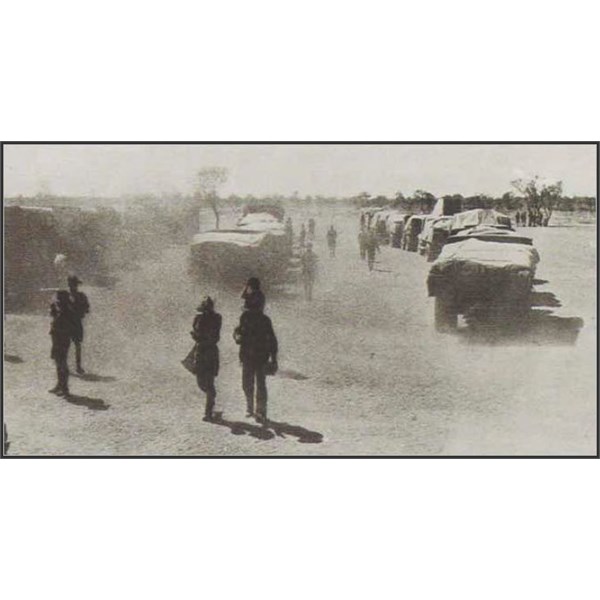
Staging Camp,Barrow Creek 1942
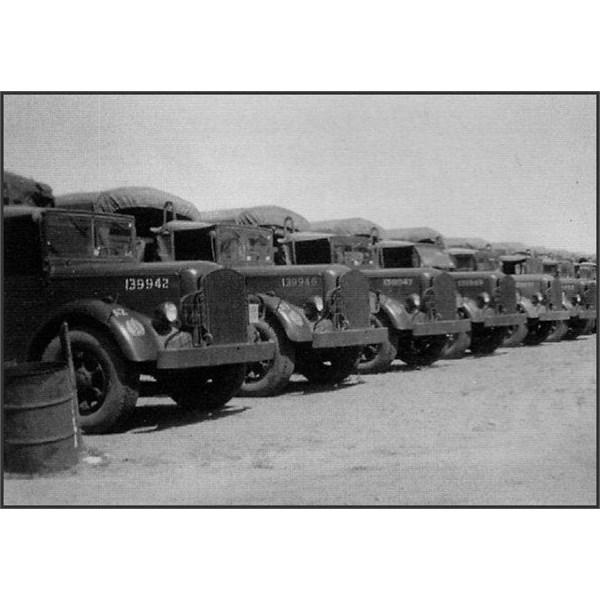
Mack Diesels at Barrow Creek
Serviced by access roads that have withstood the
test of time, the site is extensive and the numerous slabs are reminders of the virtual temporary town that it became during the war.
Of the numerous detachments that had an association with the area ,No 5 Australian Personnel Staging
Camp was stationed at New Barrow the longest; with approximately 1000 men, it was by far the largest staging
camp. From 30th May 1942 until 29th February 1945, the
camp accommodated large numbers of men and equipment travelling north and south. Detachments of Signals, Cipher, Salvage,
Post Office, Refrigeration, Field
Bakery, Workshops and Canteen
Services were amongst the many that were stationed for varying periods of time at New Barrow.
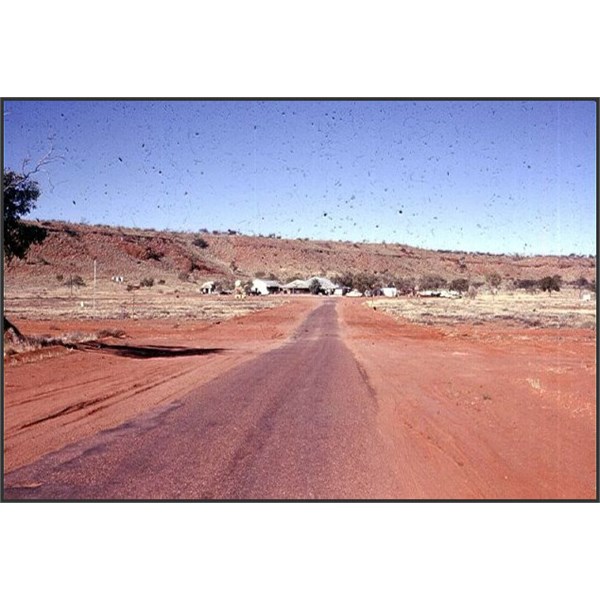
Approaching Barrow Creek, 1969
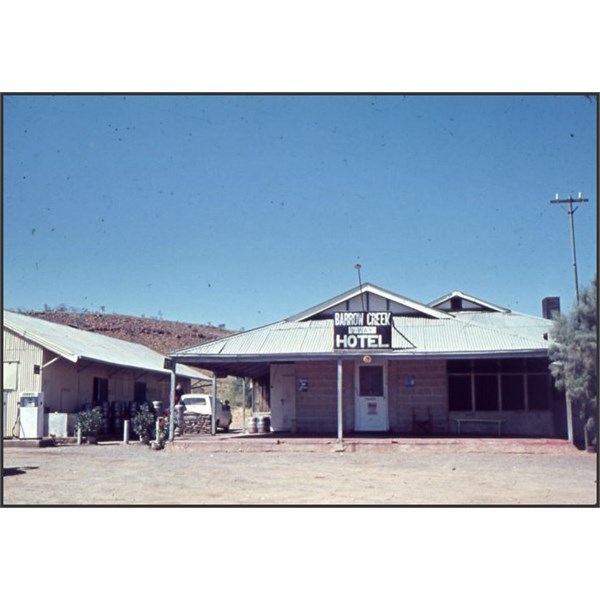
Barrow Creek Hotel, 1969
TO BE CONTINUED
.